The A13 series AIOs are the latest budget liquid cooling offerings from Taiwanese hardware mainstay, MSI. These coolers don't offer flashy features aside from some RGB, but that means they're very reasonably priced, at just $99 for the 360 model and $79 for the 240 option. Will one of them make our list of best CPU coolers? We'll have to run our usual benchmarks to be sure, but first we'll take a look at their specifications and features.
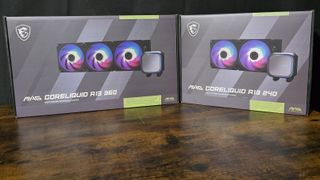
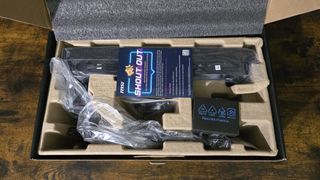
The packaging of the 360mm AIO is much like many others, with molded cardboard for primary packaging and both cardboard and plastic coverings for the individual parts. The top is protected with a layer of foam.
There's not a lot of extras with this AIO. Nothing like extra cable ties or whatnot, just the essentials you'll need to install the liquid cooler.
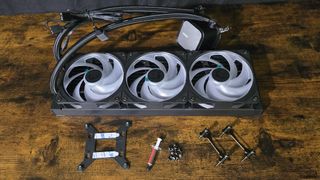
Subtle ARGB lighting
The CPU block has a minimalist diffused ARGB lighting strip, giving it some subtle flair.
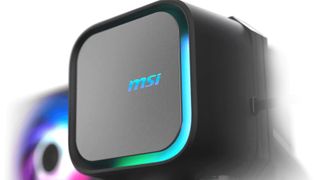
Thermal Paste
MSI includes a very small tube of thermal paste with the cooler – suitable for one or two installations, but no more.
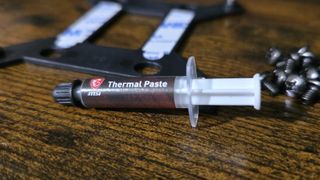
27mm Radiator
The A13 AIOs include a 27mm-thick radiator, which is standard for most liquid coolers.
Rotatable tubing
The tubing of MSI's A13 AIOs is fully rotatable, which helps make installation easier.

120mm CycloBlade 7 fans, pre-installed
There's more to a cooler than just the heatsink or radiator. The bundled fans significantly impact cooling and noise levels, as well as how the cooler looks in your case. The fans included here are MSI's CycloBlade 7 fans, and are pre-installed on both 360mm and 240mm A13 AIOs – saving users a few moments of install time. This should be standard for most AIOs.

There are many factors other than the CPU cooler that can influence your cooling performance, including the case you use and the fans installed in it. A system's motherboard can also influence this, especially if it suffers from bending, which results in poor cooler contact with the CPU.
In order to prevent bending from impacting our cooling results, we've installed Thermalright's LGA 1700 contact frame into our testing rig. If your motherboard is af fected by bending, your thermal results will be worse than those shown below. Not all motherboards are affected equally by this issue. I tested Raptor Lake CPUs in two motherboards. And while one of them showed significant thermal improvements after installing Thermalright's LGA1700 contact frame, the other motherboard showed no difference in temperatures whatsoever! Check out our review of the contact frame for more information.
I've also tested this cooler with Intel's latest platform, Arrow Lake and LGA 1851.
Swipe to scroll horizontallyCPUIntel Core Ultra 9 285KGPUMSI Ventus 3X RTX 4070Ti SuperMotherboardMSI Z890 Carbon WifiCaseMSI MPG Gungnir 300RSystem fansPre-installed case fansLGA 1700 and 1851 InstallationFor most users, I'd recommend attaching the radiator and fans to your case before the steps below.
1. You'll first need to place the backplate against the rear of the motherboard. It features mounting tape, so you won't need anything else to s ecure it.
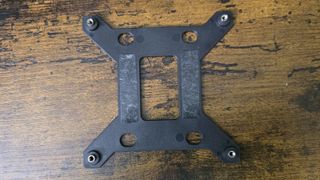
2. Apply the included thermal paste to your CPU. If you have any questions on how to d o this properly, please refer to our handy guide on how to apply thermal paste.
3. Next, simply take the CPU block and place it on top of the CPU, using a screwdriver to connect the four corners to the motherboard backplate.
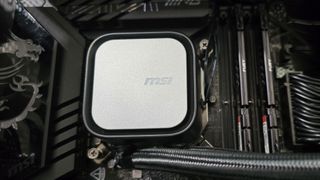
4. Connect the ARGB and PWM connections to your motherboard, and installation is complete!
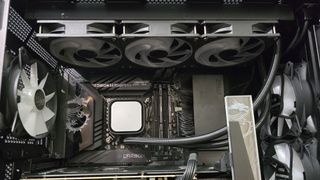

0 Comments
Post a Comment